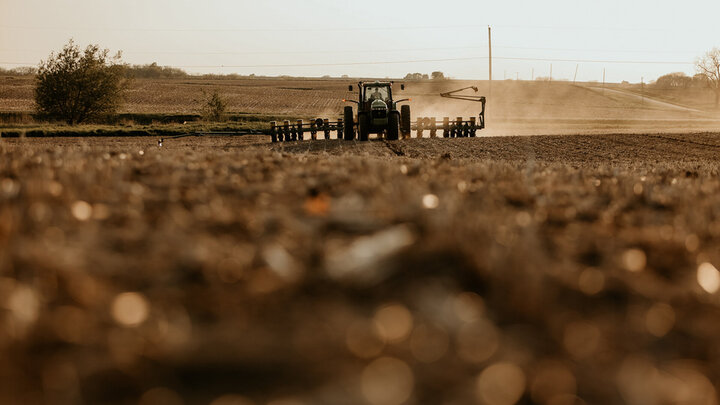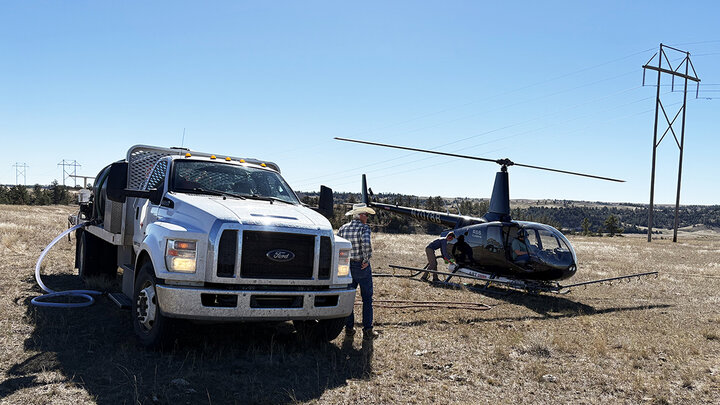By Stephen Wegulo, Extension Plant Pathologist
Pathogen
Root and crown rot of winter wheat is caused by the infection of roots and crowns by Bipolaris sorokiniana and several species of Fusarium. The mycelium of B. sorokiniana is a deep olive-brown. Conidiophores are single or clustered, simple, erect and with septations. Conidia are olive-brown and ovate to oblong with tapered ends, are three to 10-septate and slightly curved. The teleomorph is Cociobolus sativus, an ascomycete. Fusarium graminearum and F. culmorum are the most common Fusarium spp. causing root and crown rots in winter wheat. Other species include F. avenaceum and F. poe. Fusarium spp. survive in the soil in host debris as perithecia (sexual fruiting structures) chlamydospores (asexual survival structures), or as mycelium. They also can be seedborne.F. graminearum also causes Fusarium head blight or scab.
Disease Symptoms
Symptoms of root and crown rot of winter wheat may first appear on the roots and sub-crown internodes in late fall as small brown to black lesions on the primary and secondary roots. These lesions vary in length from less than 1/8 inch to over 1 inch. Diseased crowns are brown in contrast to the white color of healthy crowns. Wheat crowns rot to a greater or lesser degree depending on the stage and severity of disease development. Plants with severe crown damage generally do not survive. Those with moderate root and crown damage tiller sparsely. Individual fields affected by root and crown rot contain scattered pockets of dead and dying plants. Affected areas often follow terrace ridges or occur on exposed slopes. Fields with loose seedbeds often show a higher incidence of root and crown rot.




Favorable Environmental Conditions
Prolonged moisture stress coupled with relatively high soil temperature in the fall enhance early disease development on the roots and sub-crown internodes. The detrimental effects of a loose seedbed, soil moisture deficiency, lack of an insulating snow cover, ice and sustained low temperatures become apparent in the spring when affected wheat fields fail to green up uniformly. These factors predispose the plants to infection by the root and crown rotting fungi.
Management
Cultural practices influence environmental stress which, in turn, greatly affects the incidence and severity of root and crown rot. Plant winter wheat at the recommended date for your geographic area. Early planting often depletes soil moisture reserves which promotes a higher incidence of root and crown rot. Always plant varieties adapted to your growing area and conditions. When planting place seed into a firm, mellow seedbed and cover with sufficient soil to prevent rapid drying.
Use good quality seed with a high germination and treat the seed with a seed treatment fungicide before planting. Crop rotation can lower the amount of inoculum and hence the incidence and severity of crown and root rots caused by B. sorokiniana and Fusarium spp.
Links
For additional information, see Common Root Rot and Fusarium Foot Rot of Wheat, UNL NebGuide G1998.








